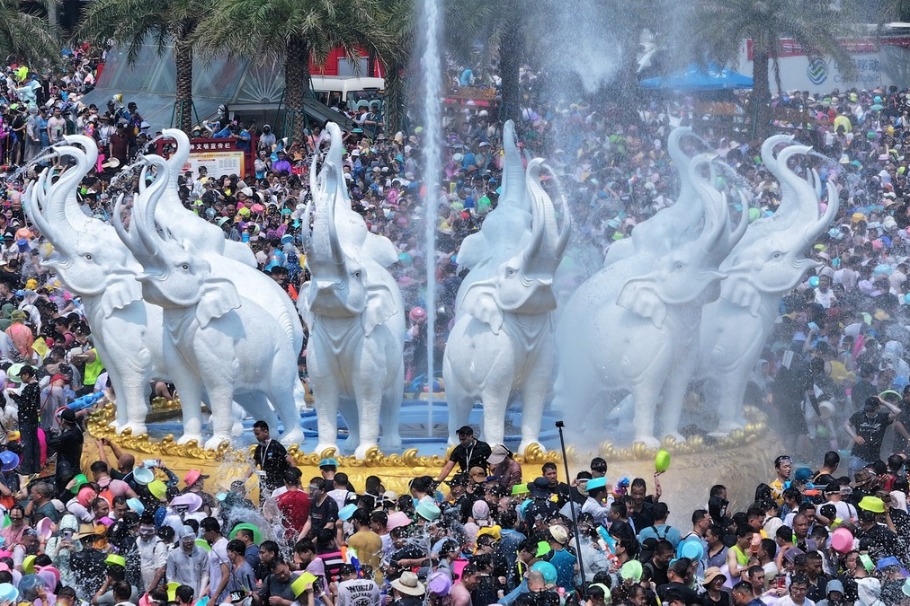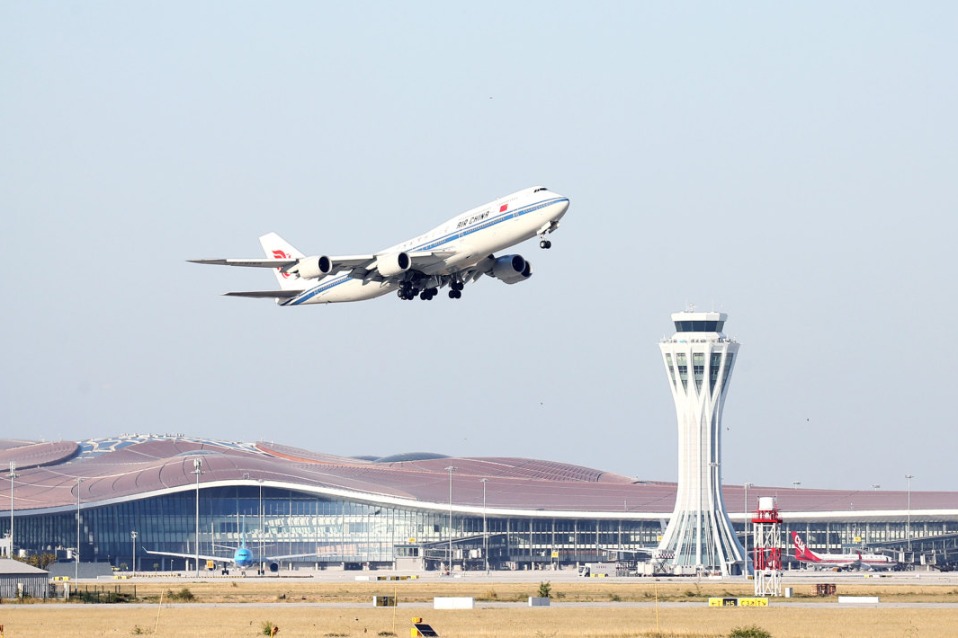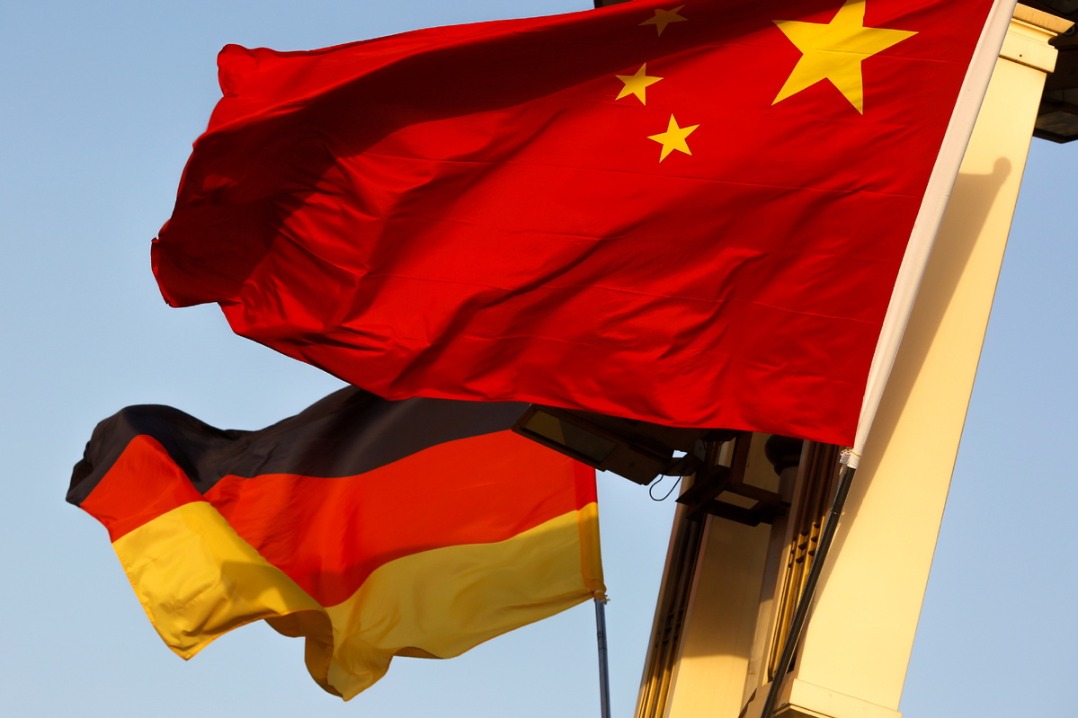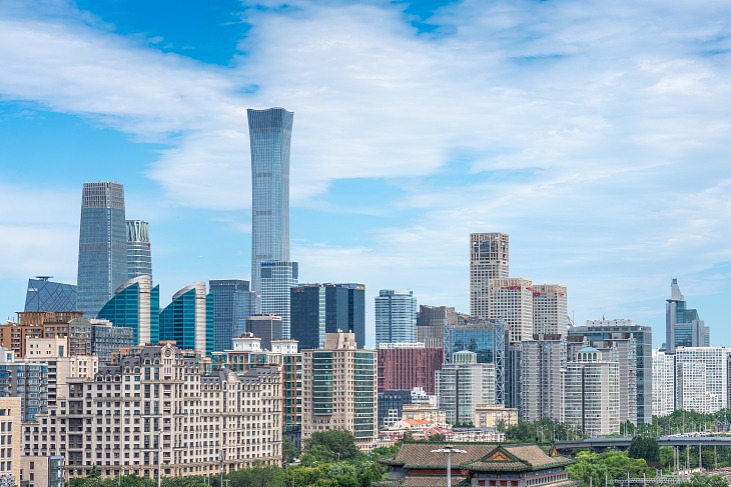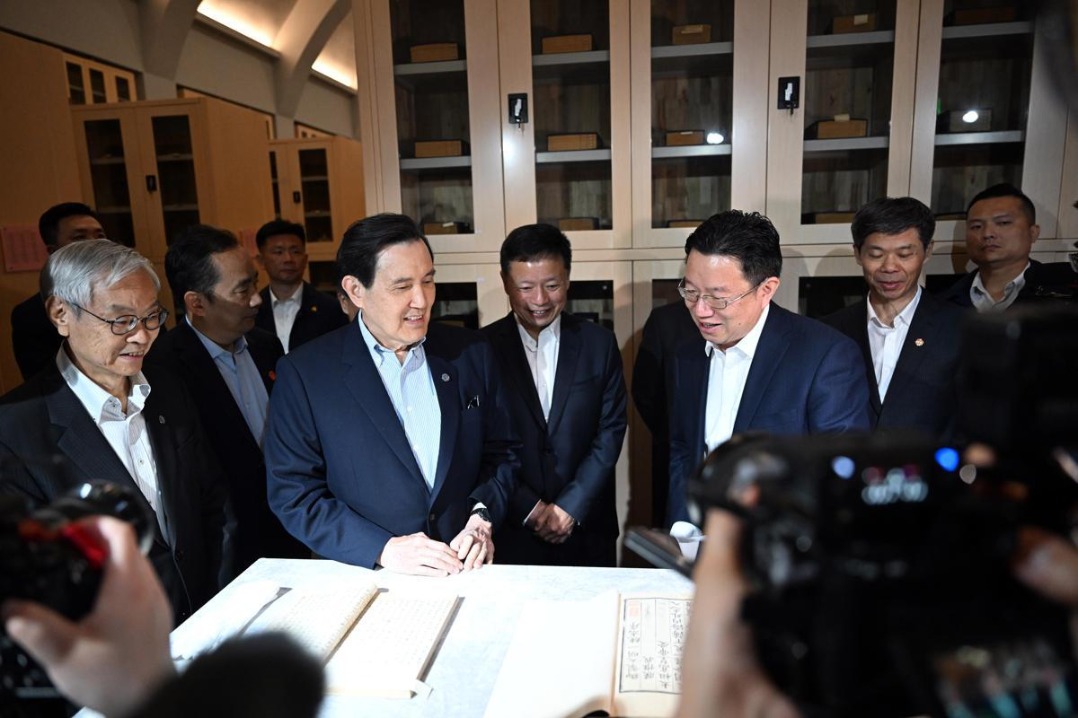Ending absolute poverty becoming a reality

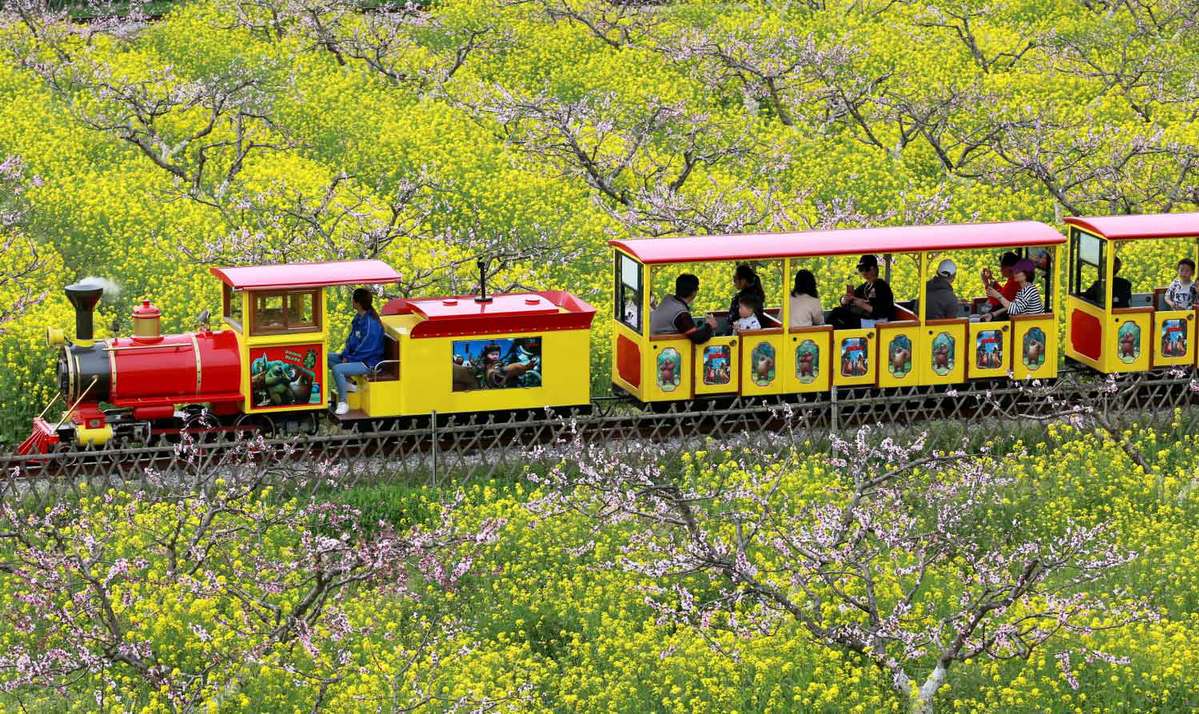
This is the first year of the implementation of the rural rejuvenation strategy (2018-20) as well as the three-year targeted poverty alleviation drive. While the rural rejuvenation strategy focuses on improving the overall rural living environment, the targeted poverty alleviation drive is aimed at lifting deeply impoverished families and areas out of poverty. And both have been alleviating poverty in an all-round way.
Local authorities have made specific rural rejuvenation plans applicable to their areas but in accordance with the national rural rejuvenation strategy, and taken measures to facilitate rural industrial rejuvenation, talent rejuvenation, cultural rejuvenation, ecological rejuvenation and organizational rejuvenation. Major projects for overall rural rejuvenation have been implemented as well.
Nationwide, agricultural production has developed steadily. This year the overall grain yield has reached 660 million tons. The planting and replanting structure has been further optimized, with the farming areas for crops that are in short supply in China, such as soybean, increasing further. For example, the total planting area for soybean in 2018 has reached 8.4 million hectares, an increase of 1.9 percent year-on-year, with the soybean yield reaching 16 million tons, up 4.8 percent year-on-year. In a sense, the high-quality development of the agricultural industry has reduced the impact of the Sino-US trade conflict.
The integrative development of rural primary, secondary and tertiary industries is being promoted, and the scope of building agricultural industrial parks has expanded. The agricultural processing industry, too, has entered the stage of high-quality development. And the development of rural tourism has been comprehensive both in terms of quality and benefits.
Moreover, local governments have learned from Zhejiang province's experience how to dispose of rural waste and domestic sewage, start a toilet revolution, adopt rural water environment management systems and build a beautiful countryside. As such, many rural living environment problems are being gradually solved.
With the rural contracted land reform deepening, the new round of land use rights registration work has been basically completed. And the sixth meeting of the 13th Standing Committee of the National People's Congress, China's top legislature, has completed the second review of the draft Rural Land Contract Law, providing the legal basis for promoting rural rejuvenation.
Many pilot rural land reforms, including collective land construction for commercial use and the homestead system reform, have made the fruitful use of rural land resources possible and thus increased farmers' and rural collectives' incomes.
As for the targeted poverty alleviation drive, it has focused on poverty relief work in markedly impoverished areas. More poverty alleviation funds will be directed to lift families in such areas out of poverty so that the pace of the overall poverty alleviation program gains speed.
With the intensification of poverty alleviation work, the goal of eliminating absolute poverty has become clearer: to raise per capita disposable income to 4,000 yuan ($580) or more, and guarantee compulsory education, medical treatment and housing security to impoverished households, in order to reduce the rural impoverished population to less than 15 million and the poverty incidence to below 2 percent by the end of this year. In fact, this year about 40,000 extremely impoverished villages and more than 50 percent of the impoverished counties will be lifted out poverty.
The relocation of extremely impoverished people is the most difficult task of the poverty alleviation work. An estimated 2.8 million extremely impoverished people will be relocated this year, in order to lift them out of poverty.
The rural rejuvenation strategy will be further promoted next year, through optimization of the grain-planting structure, and the production of corn and soybean will be further raised, which will increase the supply of quality green agricultural products.
The drive to deal with the rural environment will intensify in the next stage. Garbage and sewage disposal and the toilet revolution will improve the rural environment and living conditions in the countryside. Which will make the farmers feel a greater sense of gain.
In other words, the poverty alleviation work has made critical achievements, making possible the elimination of absolute poverty from rural areas. All impoverished villages and counties will basically be poverty free in the next stage. And the connection between poverty alleviation work and rural rejuvenation strategy will be further strengthened.
The author is a researcher at the Rural Development Institute, Chinese Academy of Social Sciences.
















